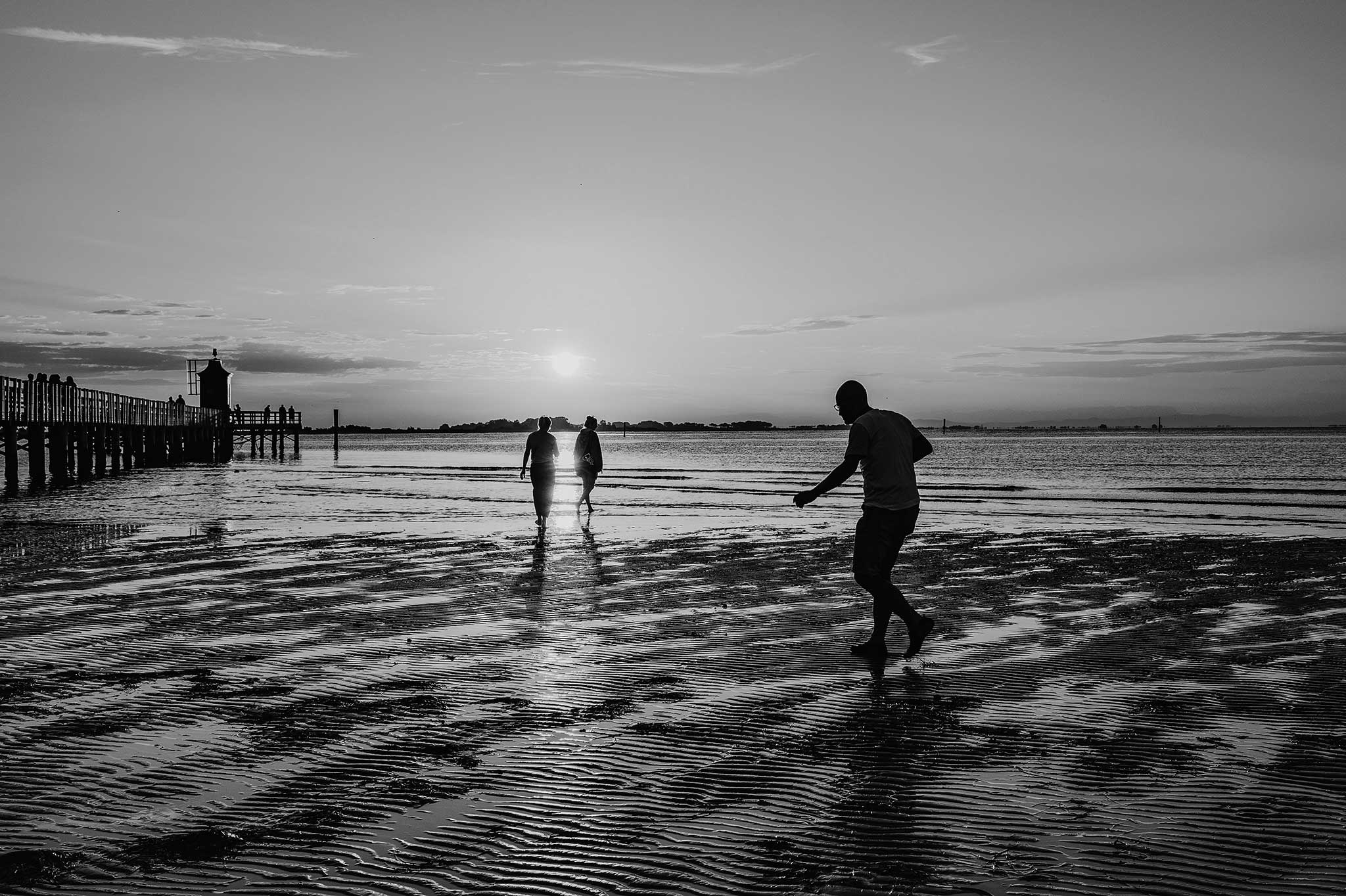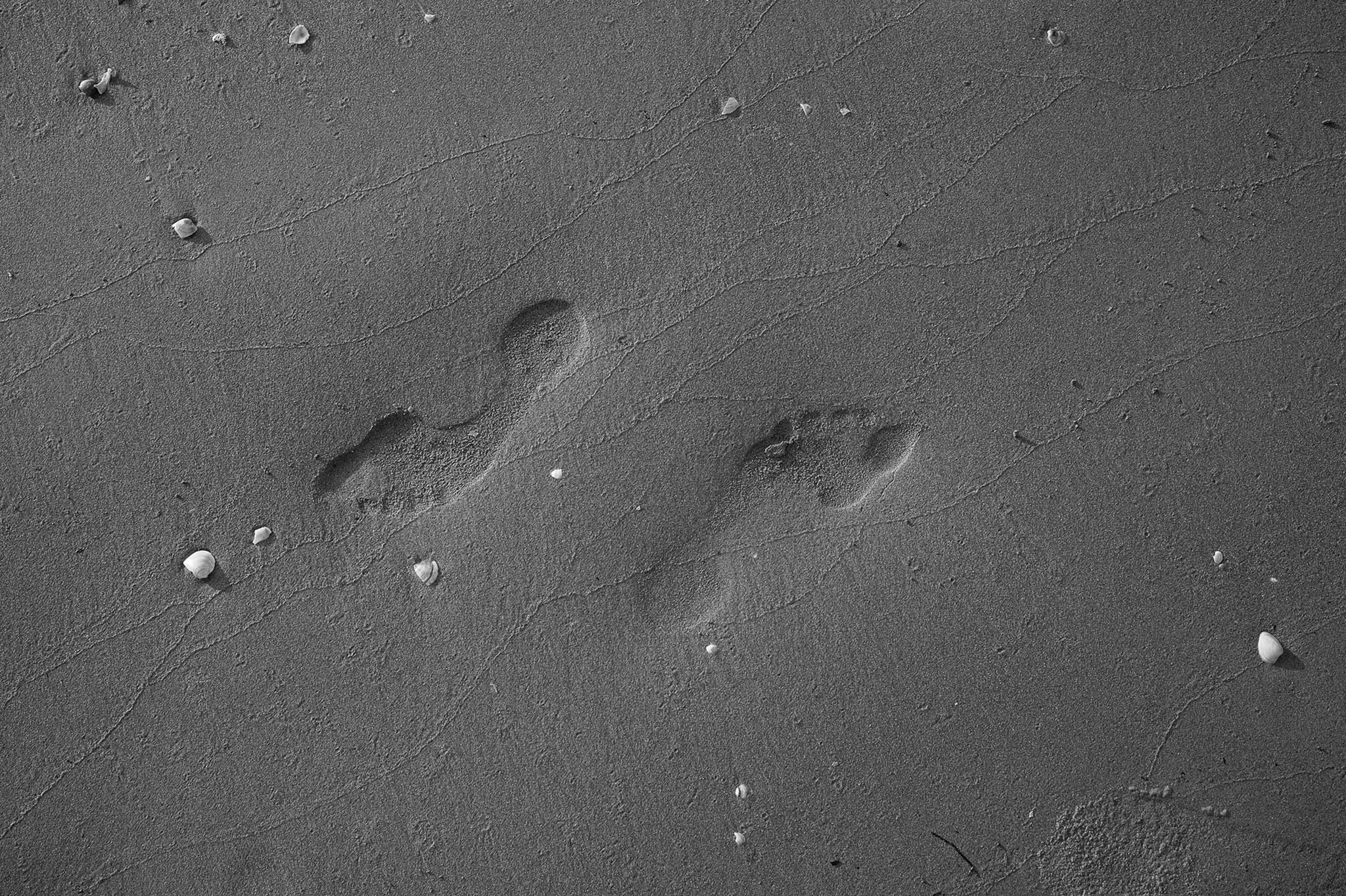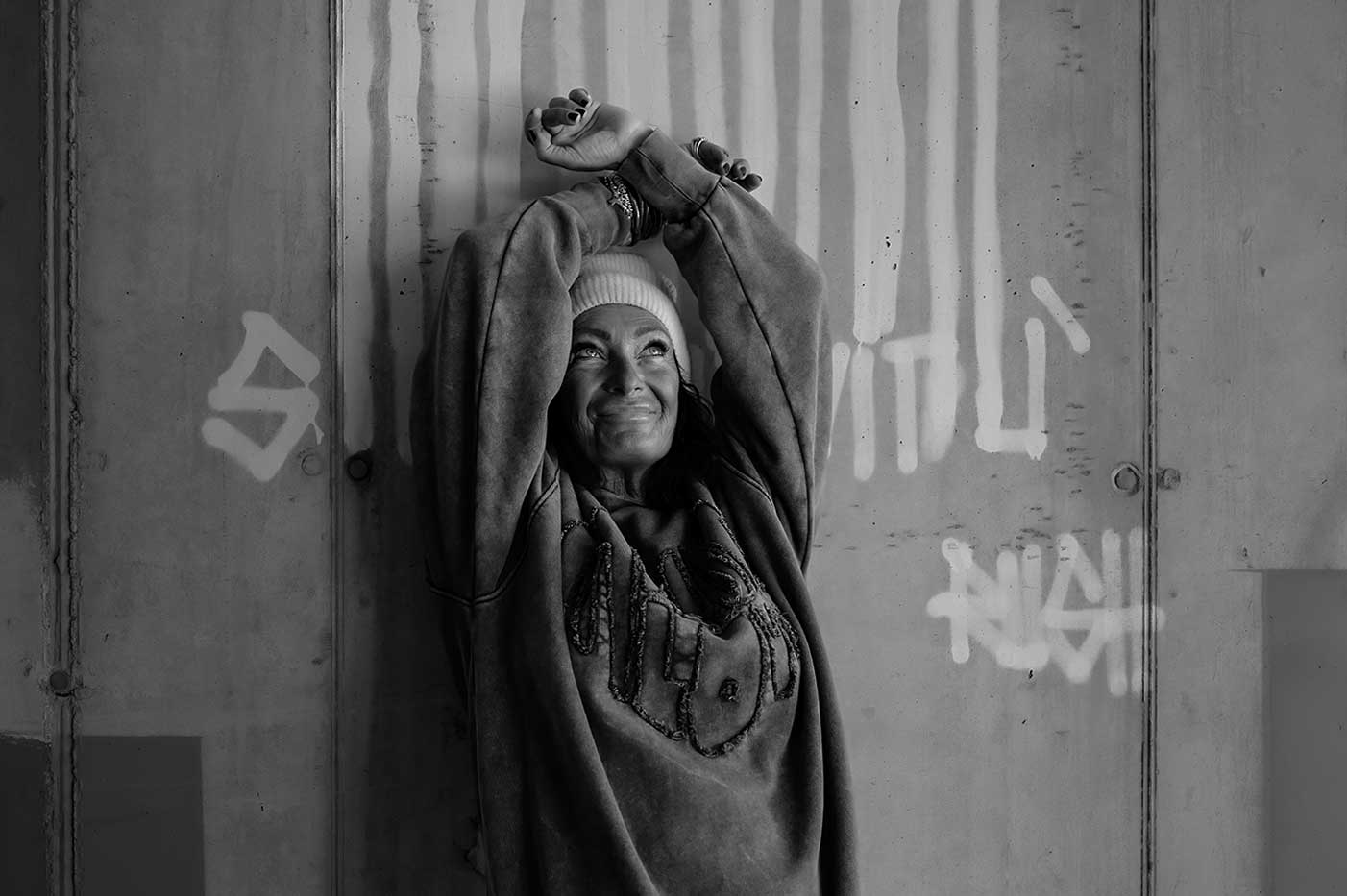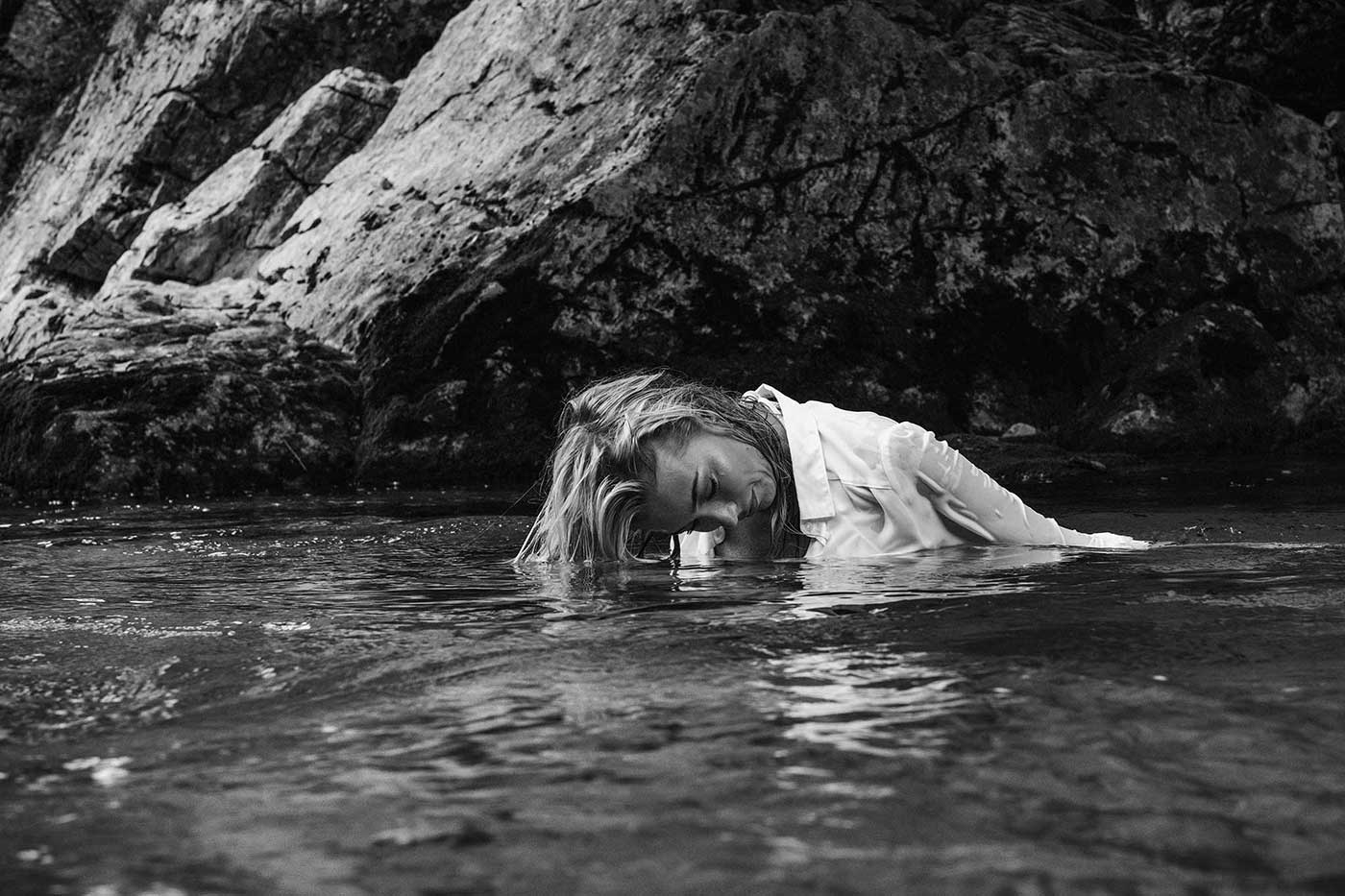We don’t always notice when it starts happening. But somewhere along the way, our photography begins to deepen. We stop capturing only what we see—and begin to feel what’s behind it. A story takes shape. Quietly. Almost on its own.
This post isn’t about technique. It’s about awareness. About recognizing that every photo can be more than a moment. It can ask questions. And that, sometimes, is more powerful than answers.
What Makes A Story
A story in photography isn’t always obvious. It’s not a headline or a summary. It’s something you sense—through light, through presence, through silence.
Sometimes it’s a question that remains: Who is this person? What just happened? Why is the image so still—and yet so full?
And other times, it’s emotion. Joy. Loneliness. Calm. Even in the simplest frame, if there’s feeling, there’s something unfolding. Something that speaks beyond what’s seen.
Building Narrative In A Series
While single images can hold their own, a sequence of photos can create space for something deeper: perspective. rhythm. narrative. It doesn’t need to be elaborate. Just intentional.
I often build small visual stories around places – like this one at the lighthouse in Lignano Sabbiadoro. Three frames. Three views. Each one showing a different way of seeing the same moment.
1. The Establishing Shot
Here begins the story. A wide frame. A sense of place. A breath of air and light. The establishing shot invites the viewer to arrive. Not to judge, but to witness. It sets the mood. It gives us bearings.

2. The Subject Shot
Then, something shifts. People enter the frame. Movement appears. Emotion comes in – not always direct, but sensed. The subject shot brings proximity. It creates connection. A sense of presence.

3. The Detail Shot
Finally, we slow down. The eye lingers. A detail emerges. A reflection. A texture. A pattern. Something quiet, something almost overlooked. This image doesn’t explain. It offers a pause.

Each of these images tells only part of the story. But together, they become whole. Not loud. Not explained. But felt.
In Closing
You don’t need the perfect conditions to tell a story. You just need time. To observe. To stay. To feel. Because stories aren’t staged. They’re found. One frame at a time.



